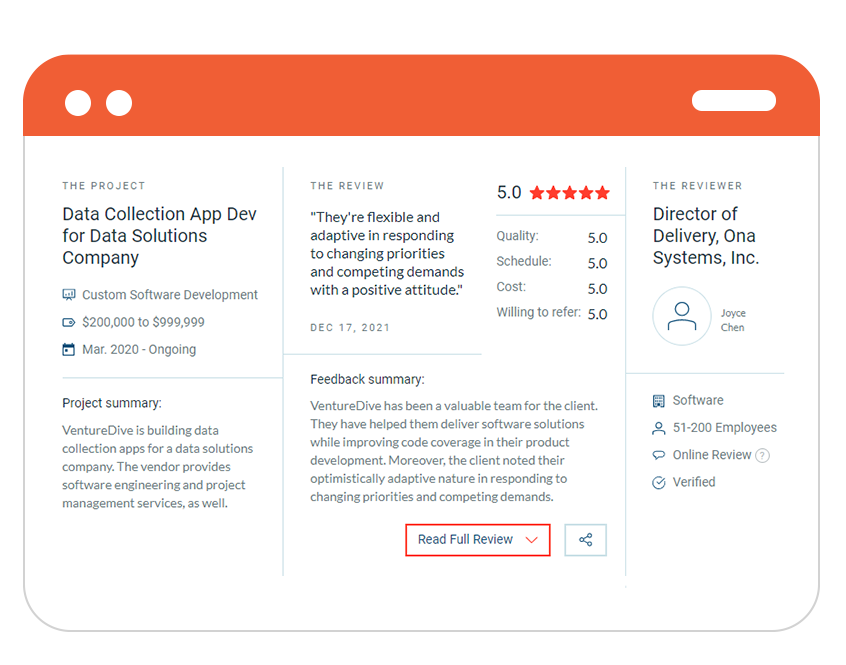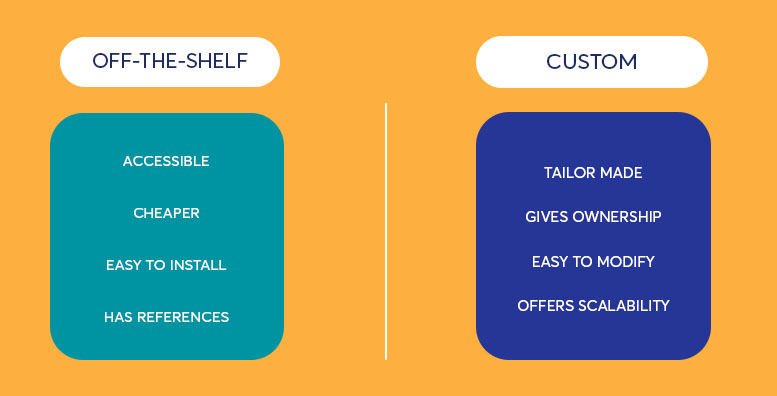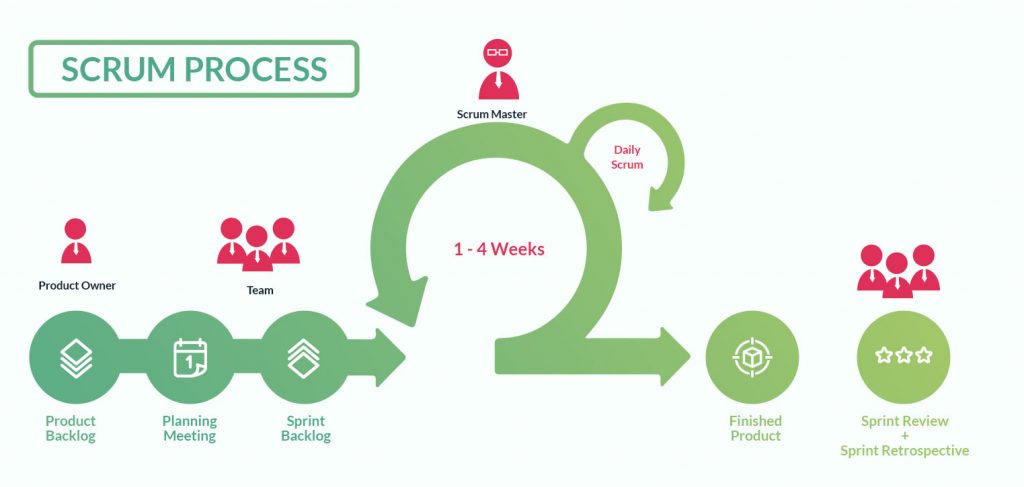The term ‘last mile’ was originally used in telecommunications to describe the difficulty of connecting end users’ homes and businesses to the main telecommunication network. This ‘last mile’ of telecommunication cable was going to be used by only one user, thereby not justifying the cost of installing and maintaining it.
As the world increasingly turns to e-commerce for shopping, the ‘last mile’ issue is one of the biggest and most expensive challenges for businesses.
What is last-mile delivery?
As soon as you check out from your shopping basket on any online shopping website, your product begins its long journey from a warehouse shelf to your doorstep. Here the ‘last mile’ represents the last leg/gap between the fulfillment center and you. Most businesses depend on a third party, like a shipping carrier, to handle their orders in the last mile. This last mile can be just a few meters to 100 kilometers or more. The key objective of last-mile delivery is to deliver your package as soon as possible and as safely as possible.
Challenges of last-mile delivery
Just like in telecommunications, the last mile is the most time-consuming and expensive part of the whole shipping process. If done correctly, it can convert users to loyal customers and save you a lot of time and money. The problem with last-mile deliveries is that not all of them are the same, some of them are pretty straightforward and usually involve a big truck carrying a large number of goods through a major road or highway. The complicated ones are those which require the delivery person to navigate through crowded streets, confusing alleyways, similar-looking buildings, and even large swathes of uninhabited rural areas to make singular deliveries.
Inefficiency is a major problem for last-mile deliveries as most of them require multiple stops with low drop sizes. The issue has been further compounded by the continuous rise of e-commerce, which has dramatically increased the number of parcels delivered each day, as well as raised customer expectations to include not just fast, but also free delivery.
The last mile of the entire supply chain adds up to about 30% of the cost and as free shipping becomes more commonplace, customers are less likely to be willing to pay a delivery fee, leaving retailers to shoulder the cost. Other challenges include:
Allocation & Address Issues
Destination grouping/management is a major issue for last-mile deliveries. Many retailers allocate jobs manually, which leads to human error, allowing shipments to get misallotted or missed out on a particular route. Additionally, bad and incorrect addresses and a lack of proper signage are also major concerns.
Dynamic Routes
If the delivery person is not changing routes based on conditions that prevail on that particular day, then they are further complicating the scope of last-mile delivery and timeline adherence for order fulfillment.
Delivery Density
There is a fine balance between managing the number of deliveries in a day within a particular area. Taking into account the size of shipments, and considering the following use cases, the delivery density problem quadruples in magnitude:
- Low-Density Short Distances
- Low-Density Long Distances
- High-Density Short Distances
- High-Density Long Distances
Transit unpredictability and lack of communication
While this is something retailers have no control over, the least they can do is to have a communications plan in place so that the delays are communicated to the respective stakeholders in a proactive manner.
Fulfillment timelines
Missed timelines can prove to be very expensive to retailers. In the case of food deliveries, some companies cannot charge customers for the delivery if the guaranteed timeline is missed. Not just that, it also causes damage in terms to the reputation of the brand.
How is last-mile delivery changing?
App-based delivery and the gig economy
As traditional delivery companies have started becoming inefficient, last-mile startups are on the rise, providing a cheaper, faster option. From food to large item delivery, crowdsourced delivery is becoming a viable and popular option.
Payment
Once the user selects what they require, they make a payment to Postmates. The payment includes the price of the product, the delivery fee, and service fee.
In-house delivery
Another new development is that businesses have started to hire their own drivers and trucks to cut down on costs, although this brings up a host of other issues.
Warehouses in major cities
Businesses are also adopting Amazon’s model of having fulfillment centers in high-ordering areas to improve efficiencies, allowing for rapid order fulfillment in major cities, including same-day delivery. Reducing the distance from the warehouse to the final destination costs less and can shorten delivery time to same-day or next-day delivery.
How can you boost your last-mile delivery?
Investing in a last-mile delivery solution that is feature-rich and can holistically transform your business by making your last-mile delivery more efficient than ever. Your custom mobile app can have features & benefits like:
- Route optimization
Delivery route optimization is a crucial feature that can help in minimizing total delivery time by discovering the most efficient routes. It works by taking into account several factors like traffic, location, capacity, and time under consideration to come up with the most efficient routes. It also allows you to make last-minute changes or re-optimize by sending a real-time update to the driver.
- Auto-dispatch
This feature helps in efficiently managing your assignments and on-demand orders by assigning the right driver for the right task at the right time and thus minimizing the service time and labor costs.
- Bird’s eye view
This feature allows you to get a bird’s eye view of all important aspects with the team, time, and status filtering. You can search using time, text, and status-based queries to quickly find the customers, drivers, and delivery tasks.
- Proof of delivery
This allows recipients to sign off on their goods through in-app signatures, photos, notes, and barcodes.
- Real-time status update
This is an important feature that provides real-time status updates of the shipment to customers so that they know exactly when their goods would be delivered and by whom. They are also informed in case there’s any delay.
- Real-time visibility
This helps you increase your fleet’s visibility by quickly being able to check where your vehicles are and how many of them are idling. It also helps in minimizing theft, spoilage, and pilferage.
- Audit key metrics
This feature allows you to visualize success rates, service times, on-time rates, distance traveled, feedback scores, and much more.
- Reports & analytics
Gain detailed insight into your business through graphical and date reports.
- Delivery Flexibility
A customized last-mile delivery solution will allow your customers to choose the time and location of delivery.
- Boost productivity
The last-mile delivery solution can help you boost productivity by eliminating any unnecessary idling or unplanned diversions.
What is the future of last-mile delivery?
As e-commerce increases, time-critical deliveries will become paramount. Here are some ideas on what innovations will be necessary for last-mile delivery in the future:
Multiple Options
Companies must adapt to changing customer demands; home deliveries, same-day deliveries, time windows, delayed deliveries, alternative locations, unmanned pack-station at offices, neighborhood stores, and in public transport stations, customer-centric return processes for products and packaging, and just-in-time deliveries. There will be multiple touchpoints with customers in the future.
Robotisation
Robotisation will soon become an integral part of urban freight solutions. Unmanned deliveries by robots and drones, and unmanned pack-stations for pick-up and delivery at offices, stores, and public transport stations will become commonplace.
Smart planning, IoT, and reliance on ride-sharing
Since urban freight mostly involves finding an unloading zone, walking, and actual delivery, new transport planning, and scheduling systems will be developed using big data to forecast delivery routes and using real-time traffic information and availability of unloading zones for planning and scheduling. The reliance on ride-sharing will become commonplace as these social delivery networks will lead to innovation in urban freight.
Food for thought
Last-mile delivery is a major bottleneck for a lot of retailers. The solution is to shore up on last-mile delivery with a custom-made solution that is tailor-made for your organization, it will surely boost your last-mile delivery tracking and hence increase the profits.
Keep in mind the latest trends though, couple that with a last-mile delivery solution, and you are ready to take your business to new heights.

















